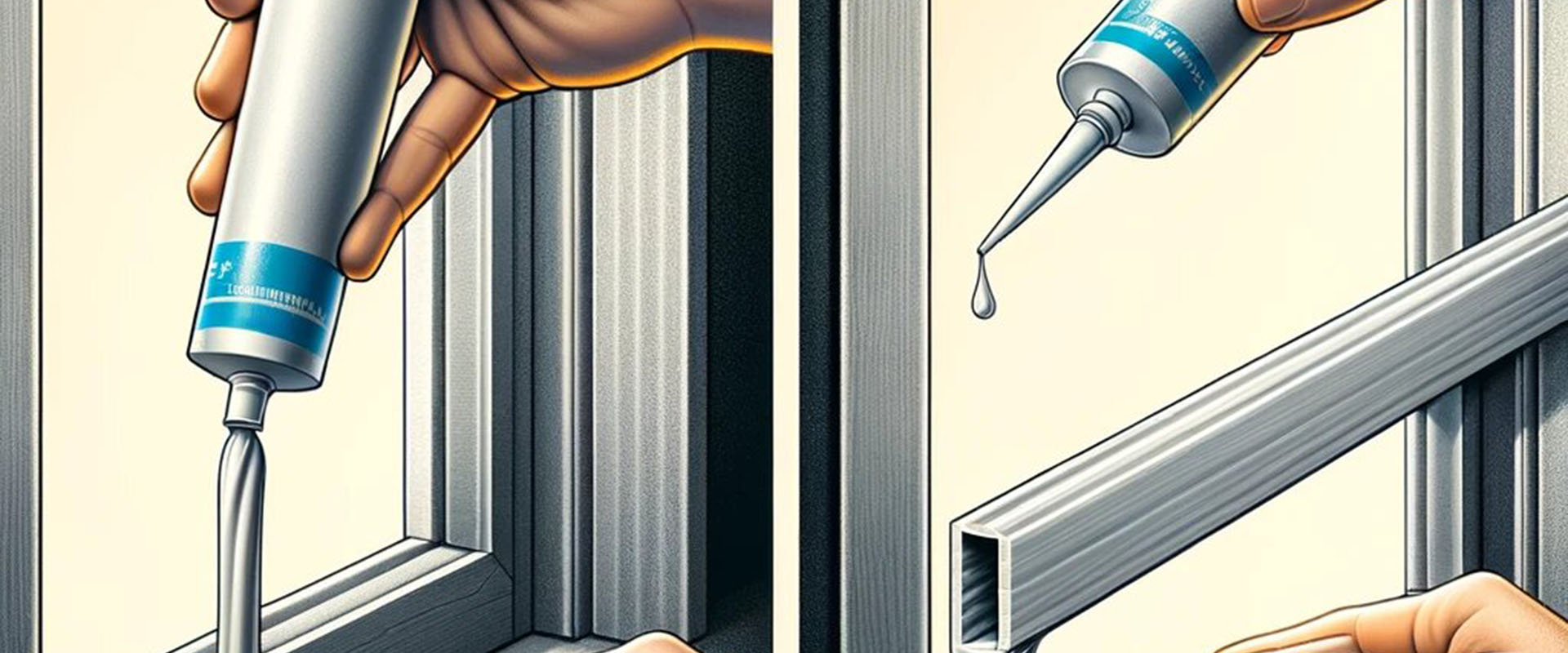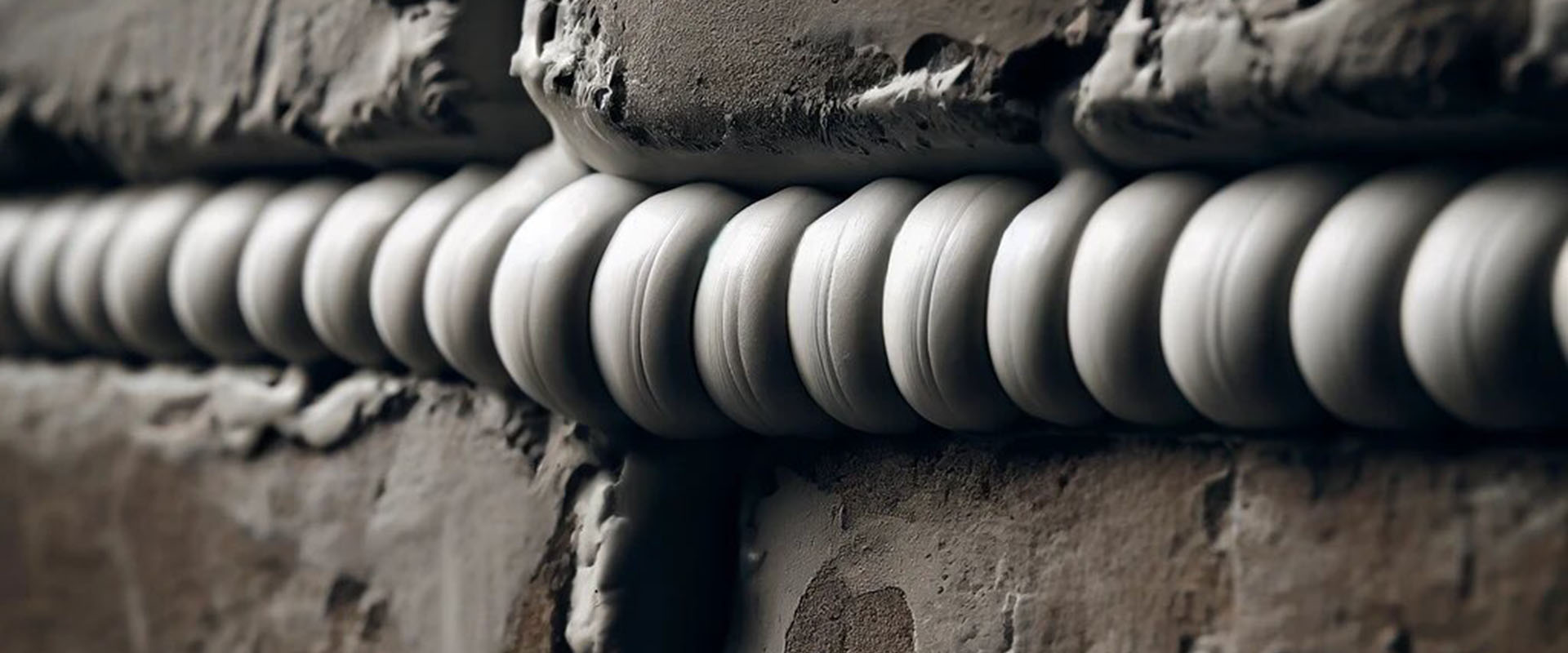Caulking is a very important technique that involves sealing and reinforcing joints and cracks between structural materials to prevent air and water infiltration. While there are many ways to caulk a structure, some options such as traditional caulking and compression caulking may be more suitable methods for certain particular applications. In this article, we’ll go over the key differences between traditional caulking and compression caulking to understand how they differ. We’ll also look at some examples of applications for each type of caulking to better understand their pros and cons.
 Compression caulking is an alternative to traditional caulking for sealing and insulating windows. Basically, it is a system that allows you to seal and insulate windows without having to use sealant. This system works by enclosing the walls around the window, which helps seal the cracks around the windows and doors. While traditional caulking requires the use of sealant to seal the window, compression caulking does not require the use of caulk. The strength of the hooks in the window frame is sufficient to create a tight seal. In addition, compression caulking is much easier to install and maintain because there is no sealant to clean during installation and maintenance. Compression caulking is also more durable and is designed to last longer than traditional caulk.
Compression caulking is an alternative to traditional caulking for sealing and insulating windows. Basically, it is a system that allows you to seal and insulate windows without having to use sealant. This system works by enclosing the walls around the window, which helps seal the cracks around the windows and doors. While traditional caulking requires the use of sealant to seal the window, compression caulking does not require the use of caulk. The strength of the hooks in the window frame is sufficient to create a tight seal. In addition, compression caulking is much easier to install and maintain because there is no sealant to clean during installation and maintenance. Compression caulking is also more durable and is designed to last longer than traditional caulk.
 Compression caulking is a very effective method of sealing doors, windows and air conditioning systems by limiting air leakage. However, there are some drawbacks to this method. First of all, compression caulking is more complex and takes longer to install than traditional caulking. This is because, for compression caulking to work properly, the joint must be perfectly aligned and all surfaces must fit snugly. Additionally, it can be expensive to install and maintain, as many special tools and high-end materials must be used. Additionally, compression caulk can be difficult to remove. Once the joint is in place, it is very difficult to remove it without damaging the structure. This means that, even if you just want to paint the window or change the frame, you may have to pay a caulking company to remove and replace the seal.
Compression caulking is a very effective method of sealing doors, windows and air conditioning systems by limiting air leakage. However, there are some drawbacks to this method. First of all, compression caulking is more complex and takes longer to install than traditional caulking. This is because, for compression caulking to work properly, the joint must be perfectly aligned and all surfaces must fit snugly. Additionally, it can be expensive to install and maintain, as many special tools and high-end materials must be used. Additionally, compression caulk can be difficult to remove. Once the joint is in place, it is very difficult to remove it without damaging the structure. This means that, even if you just want to paint the window or change the frame, you may have to pay a caulking company to remove and replace the seal.
What is traditional caulking?
Traditional caulking is the classic method used to seal a door or window. It usually consists of sealant, a rubber gasket, and adhesive tape. The sealant is applied along the perimeter of the structure to block defects and small cracks. Once the sealant is applied, the rubber gasket is attached to the inside and the tape is applied to the top to seal all cracks and edges. The role of the rubber gasket is to provide additional sealing and to ensure that air does not seep through small openings. Compression caulking is a relatively new method of caulking that uses a special blend of insulators to seal the edges of windows and doors. It is applied using a special caulking gun that pushes the insulation into cracks and joints. The insulation expands and adapts perfectly to the shape of the structure, creating a waterproof barrier that effectively blocks drafts. The insulation-based blend is also able to maintain its waterproof properties even in harsh environmental conditions. Compression caulking is much easier to apply and offers a much higher level of waterproofing than traditional caulking.What is the difference with compression caulking?
 Compression caulking is an alternative to traditional caulking for sealing and insulating windows. Basically, it is a system that allows you to seal and insulate windows without having to use sealant. This system works by enclosing the walls around the window, which helps seal the cracks around the windows and doors. While traditional caulking requires the use of sealant to seal the window, compression caulking does not require the use of caulk. The strength of the hooks in the window frame is sufficient to create a tight seal. In addition, compression caulking is much easier to install and maintain because there is no sealant to clean during installation and maintenance. Compression caulking is also more durable and is designed to last longer than traditional caulk.
Compression caulking is an alternative to traditional caulking for sealing and insulating windows. Basically, it is a system that allows you to seal and insulate windows without having to use sealant. This system works by enclosing the walls around the window, which helps seal the cracks around the windows and doors. While traditional caulking requires the use of sealant to seal the window, compression caulking does not require the use of caulk. The strength of the hooks in the window frame is sufficient to create a tight seal. In addition, compression caulking is much easier to install and maintain because there is no sealant to clean during installation and maintenance. Compression caulking is also more durable and is designed to last longer than traditional caulk.
What are the advantages of compression caulking over traditional caulking?
Compression caulking offers many advantages over traditional caulking. First, compression caulking is much more durable and more resistant to weather and wear and tear. It is able to withstand extreme weather conditions and the expansion and contraction of materials caused by temperature changes. In addition, it is more waterproof and can prevent water and moisture from entering the space. This makes it particularly suitable for places with high humidity. Compression caulking also offers better thermal and sound insulation. Thermal insulation helps prevent heat and cold from entering the space, and sound insulation can help dampen outside noise. Additionally, compression caulking is easier to apply than traditional caulking because there is no need to use specialized tools or machines. Finally, compression caulking is also known to be more durable and to provide better protection against moisture.What are the disadvantages of compression caulking?
 Compression caulking is a very effective method of sealing doors, windows and air conditioning systems by limiting air leakage. However, there are some drawbacks to this method. First of all, compression caulking is more complex and takes longer to install than traditional caulking. This is because, for compression caulking to work properly, the joint must be perfectly aligned and all surfaces must fit snugly. Additionally, it can be expensive to install and maintain, as many special tools and high-end materials must be used. Additionally, compression caulk can be difficult to remove. Once the joint is in place, it is very difficult to remove it without damaging the structure. This means that, even if you just want to paint the window or change the frame, you may have to pay a caulking company to remove and replace the seal.
Compression caulking is a very effective method of sealing doors, windows and air conditioning systems by limiting air leakage. However, there are some drawbacks to this method. First of all, compression caulking is more complex and takes longer to install than traditional caulking. This is because, for compression caulking to work properly, the joint must be perfectly aligned and all surfaces must fit snugly. Additionally, it can be expensive to install and maintain, as many special tools and high-end materials must be used. Additionally, compression caulk can be difficult to remove. Once the joint is in place, it is very difficult to remove it without damaging the structure. This means that, even if you just want to paint the window or change the frame, you may have to pay a caulking company to remove and replace the seal.



